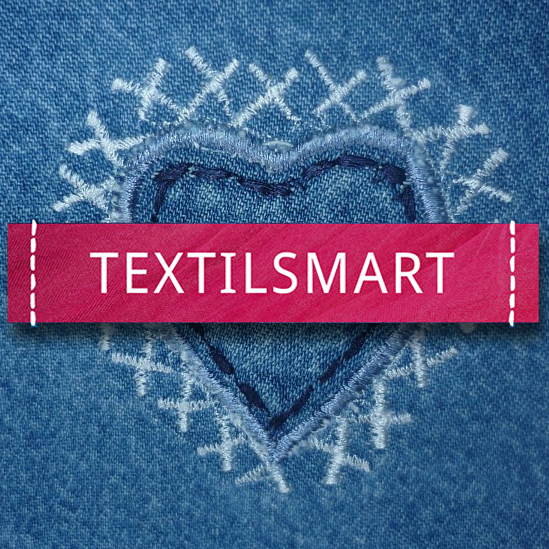Sustainable Consumption of Textile
Sustainable textile consumption remains a topical issue. The European Commission's Circular Economy Action Plan as well as Sweden's circular economy strategy mention both sustainable consumption and textiles as priority areas. Improved consumer information and product passports to make it easier for the individual consumer to make more sustainable choices in everyday life are proposed measures. In 2018, the Swedish Environmental Protection Agency was tasked to be responsible for conducting information efforts to increase the knowledge among consumers regarding sustainable consumption of textiles including topics like increased reuse and recycling. The assignment should be carried out in cooperation with the Swedish Consumer Agency and the Swedish Chemicals Agency and the commission should include consumers' knowledge of the environmental and health impacts of textiles at every step of the value chain.
The current situation of textile was analyzed consisting of an analysis of the world around us and an actor analysis, a research overview on consumption and consumption behavior, a media analysis and a consumer survey of 3000 respondents and additional in-depth interviews and focus groups, as well as an in-store survey. The analysis of the current situation pointed towards increased societal focus on environmental and health impacts caused by textiles. The consumer survey showed that three out of four consumers wanted their textile consumption to be more sustainable. A majority of the respondents stated that they would consider changing their behavior of how much and what to buy, if they knew it made a difference to the environment. At the same time, the survey showed that the main factors at the time of purchase were design, fit and price, indicating a discrepancy between attitude and behavior. It also became evident that consumers want simple and fact-based knowledge from an independent and trustworthy source, which clarified the consumer's own role and opportunity to influence. Consumers wanted to be provided with information where they were active and at the time of purchase, no matter if in social media or in a physical store.
In November 2020, a follow-up consumer survey was conducted with 3000 respondents, which means that the answers can be considered as statistically reliable. The survey shows that Textilsmart has had a good impact. 11 % of respondents say that they have seen or heard about the Textilsmart campaign and among younger people (17-29-year olds), 20 % have paid attention to the Textilsmart campaign. By February 2021, the campaign site had had about 114,000 visits. Textilsmart's Instagram account had over 9,500 followers. Textilsmart's hashtag (#textilsmart) had been used in around 3,500 posts. Textile smart's post on the Instagram account (2019-2020) have been viewed to Instagram users more than 3.25 million times with an average engagement rate of 5.5 %. The impact of Textilsmart's message through forwarders has been estimated at a maximum reach of up to 3.3 million views. The advertising has resulted in more than 23.5 million exposures of Textilsmart's messages on Instagram, Facebook and Youtube. As of January 2021, Textilsmart's Collaboration Project F/ACT Movement has nearly 6000 followers on Instagram. The project's 63 f/activists and seven nodes/ municipalities together have about 72,000 followers, all of whom have taken part in posts and events tagged with Textilsmart's hashtag (#textilsmart).
Generally, there has been a shift in consumer knowledge, attitude and behavior towards more sustainable textile consumption between 2018-2020. However, it is important to point out that consumers alone cannot solve all the problems linked to our textile consumption. Consumer behavior is however part of the solution. When consumers make more sustainable consumption choices, they encourage companies to provide more sustainable goods and services and to develop new business models. Changing to more sustainable consumption requires that society, industry and consumers acting together. In order to achieve more sustainable textile consumption and long-term behavioral changes information needs to be complemented by other measures and instruments. Information as a single effort does not lead to behavioral changes but is important for increasing understanding and acceptance of societal changes.



